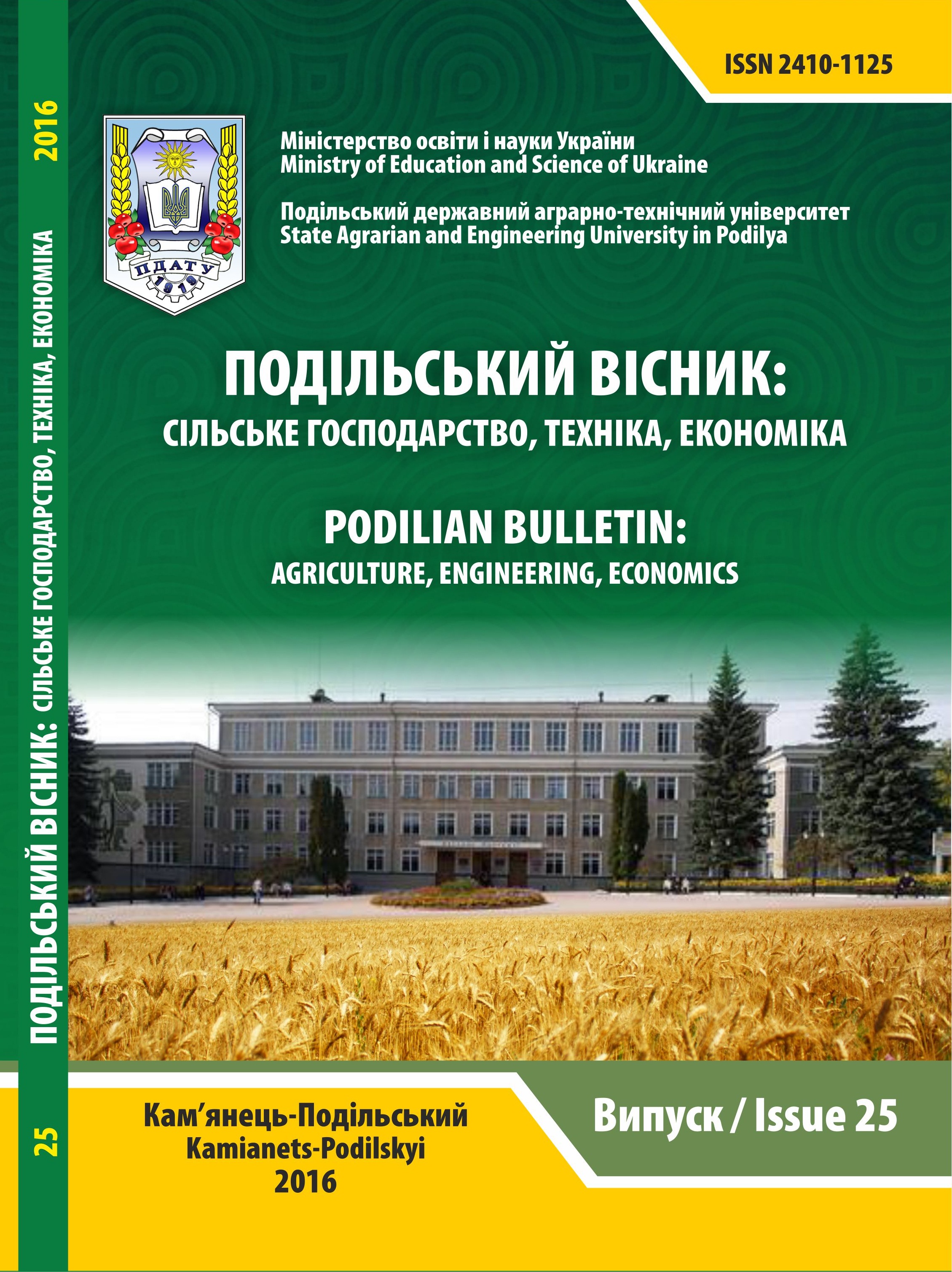The microbiological air quality in the st.Benedict church in Cracow
Keywords:
bacteria, fungi, bioaerosol, churchAbstract
The purpose of the study was to characterize the microbiological quality of air in the St. Benedictchurch in Cracow. The study was carried out during the spring season in 2016. Air samples were collected in triplicate at two points in the building (inside the church and the archaeological excavation) and at the one point outside the building. The air samples were collected using a 6-stage Andersen impactor. During sampling, the air temperature, relative humidity and dustiness were measured. The results showed that the bacterial aerosol concentrations in the measuring points ranged from 455 cfu·m-3 to 1185 cfu·m-3 and the fungal aerosol concentrations in the measuring points ranged from 124 cfu·m-3 to 500 cfu·m-3. The lowest concentrations of bacterial and fungal aerosol were observed in the outdoor air and the highest concentrations were observed in archaeological excavation point. There were no significant differences in the bacterial and fungal aerosol concentrations between the measuring points (p>0.05). There was no correlation between the concentration of bacterial aerosol and temperature, relative humidity and dust in the air (p>0.05) and there was no correlation between the concentration of fungal aerosol and ralative humidity and dust (p>0.05). The analysis showed a significant correlation between the concentration of fungal aerosol and temperature (R=-0.84, p<0.05). Bioaerosol concentrations obtained in this study are lower than reference values for bacteria and fungi in residential and public buildings (5000 cfu/m3) recommended by the Panel of Experts of Biological Factors.
References
Frączek, K., Grzyb, J. (2010). Badania nad rozprzestrzenianiem się aerozolu grzybowego na terenie Krakowa. Nauka Przyr. Technol., 4, 6, #75. [in Polish].
Górny, R.L. (2010). Aerozole biologiczne – rola normatywów higienicznych w ochronie środowiska i zdrowia. Medycyna Środowiskowa, 13(1), 41-51. [in Polish].
Jung, J.H., Lee, J.E., & Kim, S.S. (2009). Thermal effects on bacterial bioaerosols in continuous air flow. Sci. Total Environ., 407(16), 4723-4730. [in Polish].
Karwowska, E. (2003). Microbiological air contamination in some education settings. Pol. J. Environ. Stud., 12(2), 181-185. [in Polish].
Katial, R.K., Zhang, Y., Jones, R.H., & Dyer, P.D. (1997). Atmospheric mold spore counts in relation to meteorological parameters. International Journal Biometeorology 41(1): 17–22. [in Polish].
Klimek, K., Krukowski, H., Martyna, J., Nowakowicz-Dębek, B., & Wlazło Ł. (2011). Narażenie pracowników fermy zwierząt futerkowych na aerozol biologiczny. Medycyna Ogólna i Nauki o Zdrowiu, 17(1), 12-16. [in Polish].
Papciak, D., & Zamorska, J. (2007). Korozja mikrobiologiczna w budynkach powodowana przez grzyby. Zeszyty Naukowe Politechniki Rzeszowskiej. Budownictwo i Inżynieria Środowiska, 46, 87-99. [in Polish].
Rybczyńska, E., & Miczyński, J. (2008). Wstępne wyniki badań mikroklimatu kościoła we Frydmanie. Pieniny – Przyroda i Człowiek, 10, 11-13. [in Polish].
Skulski, Z. (1955). Kościół św. Benedykta na Krzemionkach pod Krakowem, Kraków, mps Archiwum parafii św. Józefa w Krakowie-Podgórzu. [in Polish].
Wlazło, A., Górny, R.L., Złotkowska, R., Ławniczek, A., Łudzeń-Izbińska, B., Harkawy, A.S., & Anczyk, E. (2008). Medycyna Pracy, 59(2),159-170. [in Polish].
Zin, W., Grabski, W. (1965). Ostatnie odkrycia w rejonie św. Benedykta na Wzgórzu Lasoty, Sprawozdania z Posiedzeń Komisji Naukowych Oddziału PAN w Krakowie, 9(2), VI–XII.
Zin, W., & Grabski, W. (1966). Wczesnośredniowieczne budowle Krakowa w świetle ostatnich badań. Rocznik Krakowski, 38, 75-79. [in Polish].
Zyska, B. (1999). Zagrożenia biologiczne budynku. Arkady, Warszawa, s. 41-197. [in Polish].
Żaki, A. (1959). Badania archeologiczne na terenie Krakowa w 1956 r. Sprawozdania Archeologiczne, 5, 233. [in Polish].
Żegota, H. (1996). Radiacyjna dezynfekcja, Materiały Konferencyjne, Technika radiacyjna i izotopowa w konserwacji zabytków. Łódź, s.15-30. [in Polish].
Downloads
Published
How to Cite
Issue
Section
License
Copyright (c) 2019 Podilian Bulletin: Agriculture, Engineering, Economics

This work is licensed under a Creative Commons Attribution-NonCommercial 4.0 International License.
Authors contributing to Public Policy and Administration agree to publish their articles under a Creative Commons Attribution-NonCommercial 4.0 International (CC BY-NC 4.0) License, allowing third parties to share their work (copy, distribute, transmit) and to adapt it, under the condition that the authors are given credit, and that in the event of reuse or distribution, the terms of this licence are made clear.



